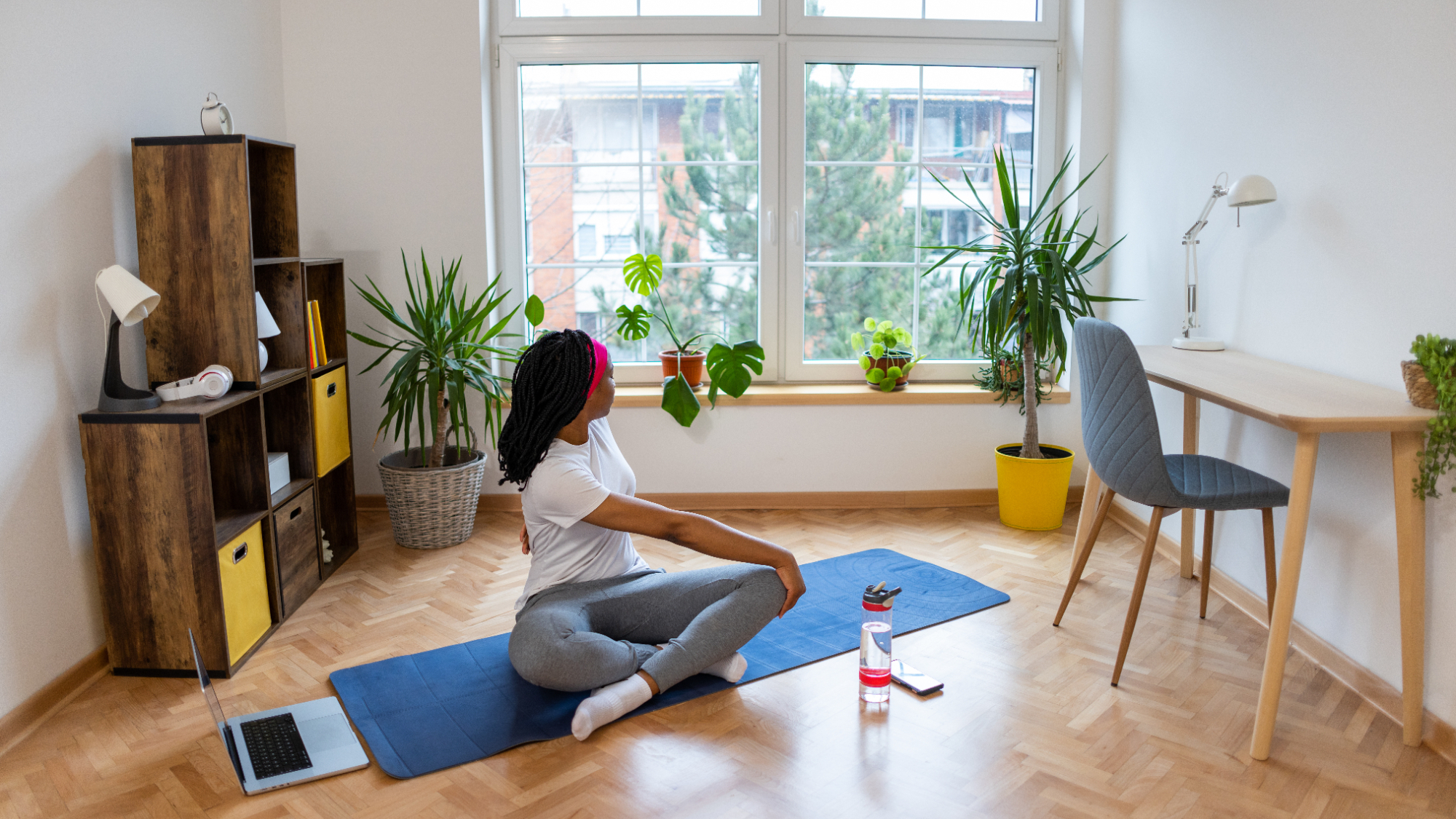
Many of us end up sitting at a desk all day to get our work done, but this can make our posture drop and may even end up causing some lower back pain. Fortunately, you can undo these effects with this equipment-free 12-minute yoga routine.
It can help to roll out a mat if you want to make the practice a bit more comfortable, and we've tested the best yoga mats if you're after a mat for beginners or several different types of yoga. But all you really need is a bit of space and about 10 minutes to get started.
This short, effective routine was developed by yoga instructor Patrick Franco, the Yoga Director for the teacher training platform YogaRenew and is designed to help reduce lower back pain, focus on your spine and give yourself a short break from your daily routine.
Franco guides you through the sequence, which is arranged as a yoga flow routine, so you'll seamlessly transition between poses without having to reset in between. If you're new to yoga or want to practice your technique, you can follow Franco's demonstrations as you go.
You'll spend most of the time on the ground, so if you have sore joints, you can roll out a towel or place it under your knees if you don't have a mat nearby. If this is still uncomfortable, then you may want to give this yoga for bad knees routine a try instead.
Watch Patrick Franco's 12-minute back pain yoga routine
The session includes many top yoga stretches for beginners, including downward-facing dog and cat-cow poses, to help mobilize your spine and combat the rounding that often happens when we sit for long periods, like if you're at a desk or working on a laptop.
These also activate your core muscle — an area around the middle of your body, including your rectus abdominis six-pack abs muscle, responsible for your balance, stability, and posture. It connects your upper and lower body, so strengthening it helps with everyday movements too.
That might include carrying groceries, lifting heavy items, or even sitting down, as improved core strength helps you maintain good posture while helping avoid the rounding of your lower spine that contributes to lower back pain.
This restorative routine is also ideal for helping develop your mind-muscle connection. As the aim is to move slowly between poses, this allows you time to notice how small changes to your posture made a big difference in how your body and lower back feel.
If you're after a more dynamic session, this Pilates for posture routine uses similar techniques, but mostly while standing and engaging other areas of your body. Whichever you choose, both are great self-care ideas that can ease lower back pain and boost your wellbeing.







